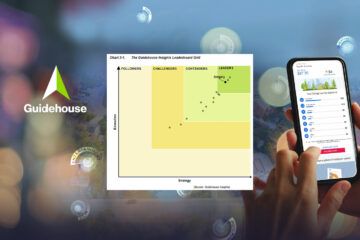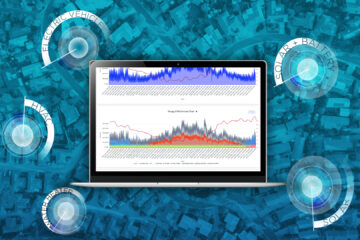No business is beyond the reach of the ongoing global pandemic and the corresponding response by state and local governments. Utilities are navigating a complex set of challenges, from dramatically decreased energy consumption in the commercial sector, to increased energy and demand in the residential sector and mounting financial distress for many customers. In context, impacts to demand side management programs might sound trivial, however, those programs serve as one of the primary ways in which utilities interact with their customers and help them control their energy spend.
Whether in-home audit programs, retail consumer products programs or any trade ally driven program, utilities are being forced to adjust to an indefinite pause in activity. That pause leaves a void in customer assistance while all but ensuring that DSM goals will not be met in 2020. DSM savings will be difficult to come by and ramping up programs after shutdowns have been lifted will be critical. Further, utilities will need to be prepared for any future disruptions from reintroducing physical distancing measures.
We can’t solve all of these challenges, but we do think we can help. We’re working with utilities to offer a simplified set of quick start solutions that can help utilities and third-party implementers navigate ongoing physical distancing measures, mitigate some of the impacts to programs and build more long term resilience into their DSM programs by incorporating AI accelerated virtual home audits, digital home energy reports and advanced appliance level analytics.
With Bidgely we can use energy analytics with load disaggregation to quickly stand up a digital behavioral energy efficiency program that can help you achieve savings to make up for this year’s shortfalls. Here’s how it would look:
- Analyze Household Level Opportunities: Identify customers that have inefficient appliances or increased energy and demand likely due to increased hours of occupancy at home
- Digital Alert – Intro Email: Introduce customers to digital alerts that will let them know how their home is performing and how the utility can help in the home
- Digital Alert – Monthly Summary with Load Disaggregation: Reveal where customers spend money across 9+ appliance categories
- Customers are invited to click into their Web Home Energy Assessment, which is pre-populated and provides them helpful DIY energy efficiency tips based on their spending level
- Bill Projection: Lets customers know where they are trending for this month’s bill to avoid high bill calls
- Implementers and customer care centers can identify users with high usage and have a cost-based phone conversation via a virtual home audit with tangible action steps that the customers can take immediately, such as behavioral changes and investment in smart thermostats, smart plugs and other efficiency technology
- Revenue Generation: Every digital engagement channel also serves as a way to promote existing marketplaces for simplified online purchasing.
Timeline: 1-2 weeks
This digital engagement strategy can be implemented quickly (in less than 6 weeks) and has proven to generate behavioral energy savings immediately (~0.5%). Proactive digital engagement from utilities to customers reinforces trust and helps vulnerable individuals and groups like LMI can be connected with the resources they need.
Learn More at go.bidgely.com/Building-Resilient-DSM-in-the-COVID-19-Environment_Download


